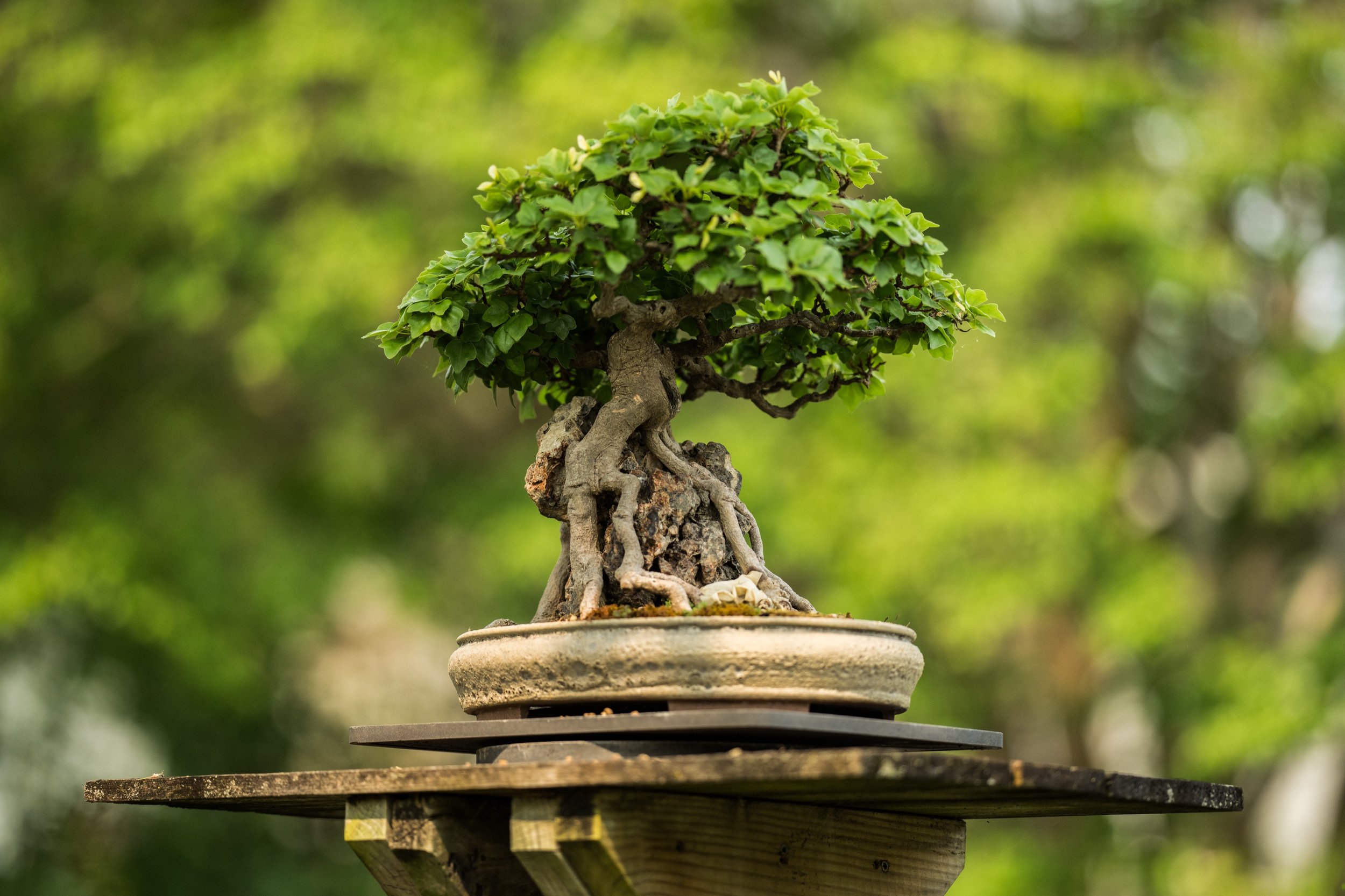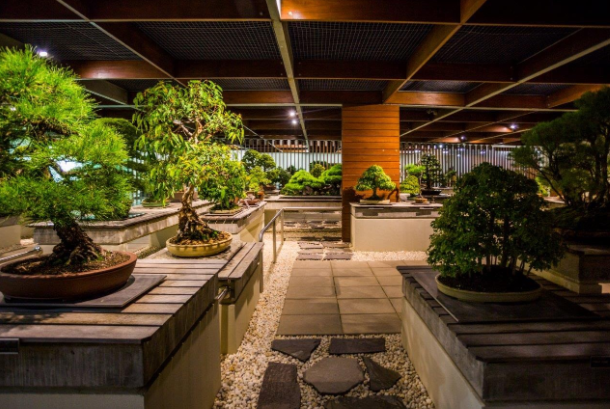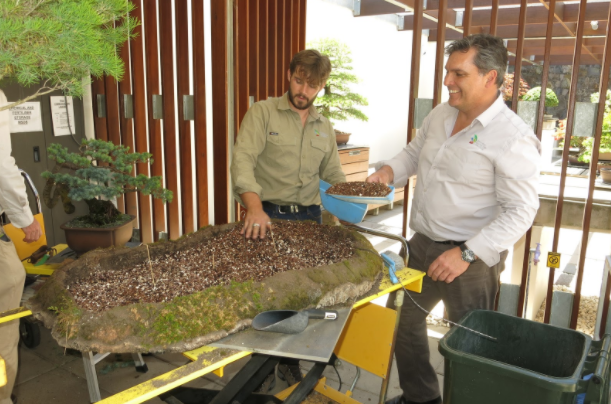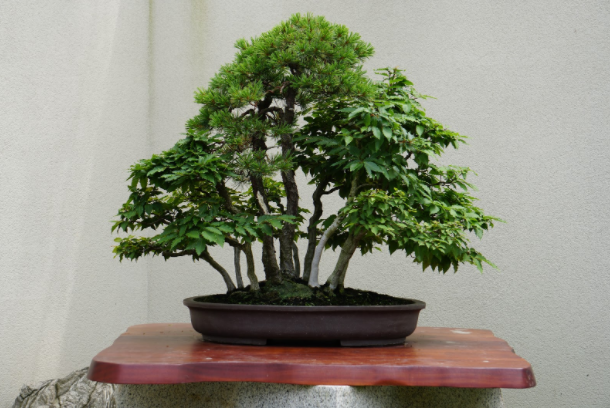Jim Hughes
The National Bonsai Foundation is pleased to announce Jim Hughes as our new Chair of the Board.
Hughes oversaw the National Bonsai & Penjing Museum as curator from 2005 to 2008. He has served as an NBF board member since 2009 – briefly holding the treasurer position – and is a member of many other bonsai groups, including the Minnesota Bonsai Society, Brookside Bonsai Society and the Potomac Bonsai Association.
He has contributed greatly to the Museum in the past, leading the fundraising efforts for the renovation of the Japanese Pavilion, taking care of our prized collections, holding bonsai demonstrations and writing articles for our former communication outlet: the NBF Bulletin. Hughes has also represented NBF on the Friends of the National Arboretum (FONA) board for three years.
Hughes was born in Minnesota and graduated from St. John’s University in Collegeville, Minnesota with an undergraduate degree in English and a minor in education. He taught for 10 years at various high schools in the Minneapolis suburbs before returning to school to study computer programming.
Hughes first came to Washington, D.C. in 1996 and soon became a volunteer at the National Bonsai & Penjing Museum. In 2002, he was chosen for the assistant curator position working under Jack Sustic, leading him to assume the curator position three years later.
Hughes was a key member of the planning committee for the symposium on The Art of Chinese Penjing sponsored by the U.S. National Arboretum and NBF. He studied rock and tree penjing and the origins of bonsai at the Shanghai Botanical Garden.
NBF welcomes Hughes as the new head of the Foundation and looks forward to many years of collaboration and support for the Museum with the U.S. National Arboretum and the collections of beautiful bonsai and penjing.
WE INVITE YOU TO COMMENT BELOW TO WELCOME JIM!





































